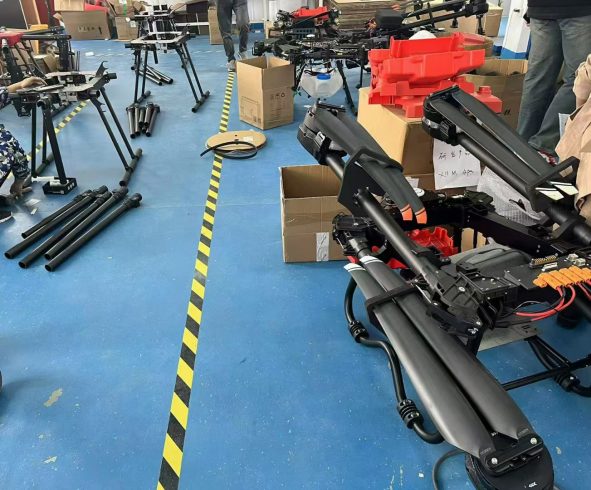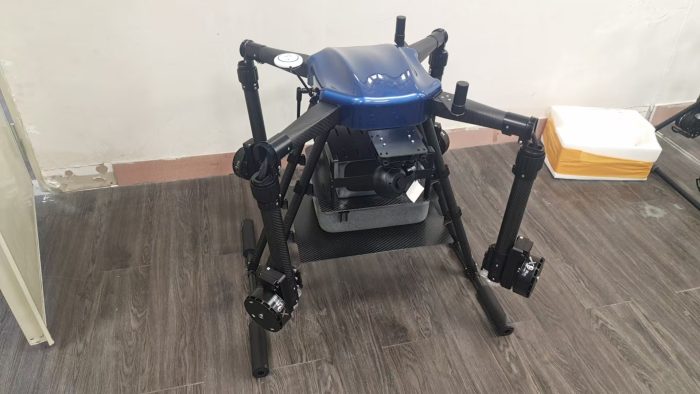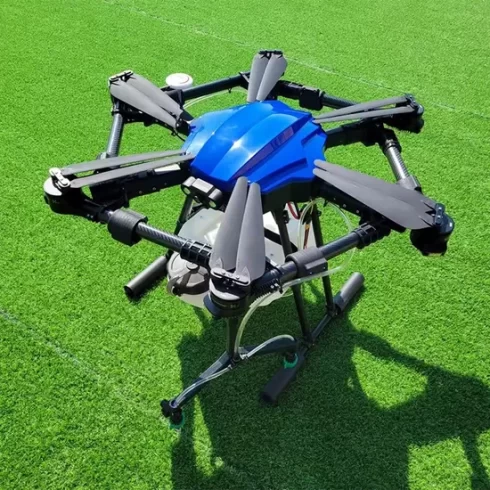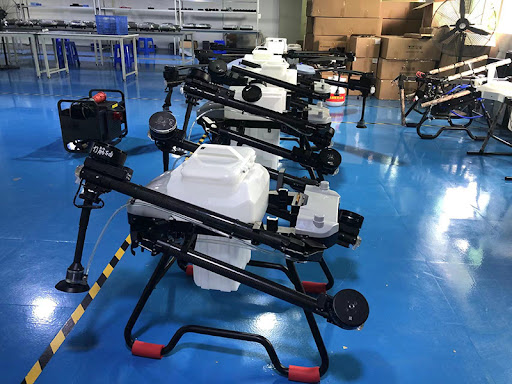![图片[1]-Agricultural Drones: A Game Changer for Precision Pest Management-msoen](https://www.msoen.com/wp-content/uploads/2025/04/cf792326a8203530-1024x1024.png)
![图片[2]-Agricultural Drones: A Game Changer for Precision Pest Management-msoen](https://www.msoen.com/wp-content/uploads/2025/04/a9779284d1203351-1024x1024.png)
![图片[3]-Agricultural Drones: A Game Changer for Precision Pest Management-msoen](https://www.msoen.com/wp-content/uploads/2025/04/cd2426b1c7203350-1024x995.png)
![图片[4]-Agricultural Drones: A Game Changer for Precision Pest Management-msoen](https://www.msoen.com/wp-content/uploads/2025/04/896e8814b4203826-1024x1000.jpg)
![图片[5]-Agricultural Drones: A Game Changer for Precision Pest Management-msoen](https://www.msoen.com/wp-content/uploads/2025/04/7665e9ec0f205531.png)
![图片[6]-Agricultural Drones: A Game Changer for Precision Pest Management-msoen](https://www.msoen.com/wp-content/uploads/2025/04/a51983609d210354.png)
Agriculture has always been at the heart of human civilization, and with the ever-increasing demand for food, efficient farming practices are more critical than ever. One such innovation that is rapidly transforming the agricultural industry is the use of agricultural drones for pesticide spraying. These drones not only enhance productivity but also contribute to more sustainable farming practices by reducing pesticide use and ensuring more accurate application.
- What Are Agricultural Pesticide Spraying Drones?
Agricultural pesticide spraying drones are unmanned aerial vehicles (UAVs) designed specifically for applying pesticides, herbicides, fungicides, and other crop protection chemicals. These drones are equipped with advanced spraying systems that allow farmers to treat their fields more efficiently and accurately than traditional ground-based methods.
These drones are typically equipped with high-precision nozzles that can apply pesticides in a consistent, uniform manner, ensuring that the chemicals are evenly distributed across the field. This level of precision helps reduce waste and minimizes the environmental impact of pesticide use.
- Benefits of Using Agricultural Drones for Pesticide Spraying
The adoption of agricultural drones for pesticide application offers numerous advantages, both for farmers and for the environment:
Efficiency and Time Savings: Drones can cover large areas quickly, significantly reducing the time it takes to spray pesticides compared to traditional methods. A drone can spray several acres in a matter of minutes, whereas a tractor might take hours to cover the same area.
Cost-Effective: While the initial investment in agricultural drones may seem high, the long-term savings are substantial. Drones reduce labor costs and the need for large, expensive equipment. Additionally, drones can apply pesticides in more precise amounts, reducing chemical costs and minimizing waste.
Reduced Environmental Impact: Drones apply pesticides in a controlled manner, ensuring that only the targeted areas receive treatment. This reduces the risk of over-application and pesticide runoff into nearby water sources. Furthermore, the reduced need for large machinery helps minimize soil compaction and damage to crops.
Increased Precision: The use of GPS technology allows drones to precisely map out the fields and apply pesticides exactly where they are needed. This increases the effectiveness of pest control while minimizing exposure to non-target areas, such as beneficial insects or neighboring crops.
Access to Hard-to-Reach Areas: Drones are capable of flying over difficult terrain, such as hilly or swampy areas, where traditional machinery might struggle to reach. This capability ensures that every inch of the field can be treated effectively.
- How Agricultural Drones Work for Pesticide Spraying
Agricultural drones are typically equipped with several key components to ensure efficient pesticide application:
Spraying System: The drone is fitted with a tank that holds the pesticide and a nozzle system that controls the flow and distribution of the liquid. Some drones feature multiple nozzles for more even coverage.
GPS and Mapping Technology: GPS and mapping systems allow drones to navigate the field with high precision. These systems enable the drone to follow pre-set flight paths and avoid areas that have already been sprayed.
Sensors: Many modern agricultural drones are equipped with sensors that monitor environmental conditions, such as wind speed and temperature, ensuring that the spraying process is optimal for pesticide application. These sensors can also detect plant health, which helps farmers make data-driven decisions on when and where to spray.
Autonomous Flight: Most pesticide spraying drones are autonomous, meaning they can operate without direct human intervention. Once programmed, they can fly across a field, spraying pesticides at the optimal height and speed to ensure even coverage.
- Regulations and Safety Considerations
Before using agricultural drones for pesticide spraying, it’s essential to ensure compliance with local agricultural regulations. Many countries have strict guidelines on the use of pesticides, and drones must adhere to these rules. This may include licensing requirements for drone operators, certification for pesticide spraying, and limitations on where and when pesticides can be applied.
Farmers must also ensure that their drones are operated safely to avoid accidents or damage to crops. Regular maintenance of the drones, including checking for wear and tear on the spraying system, is crucial to ensuring that the drone continues to perform effectively and safely.
- The Future of Agricultural Drones in Pest Management
As drone technology continues to evolve, the future of pesticide spraying looks even brighter. Advancements in artificial intelligence (AI) and machine learning will enable drones to perform even more sophisticated tasks, such as detecting pest infestations in real-time and applying targeted treatments with even greater precision.
Conclusion
Agricultural drones for pesticide spraying represent a game-changing technology for the farming industry. By offering efficiency, cost savings, and precision, these drones help farmers protect their crops while minimizing environmental impact. As the technology continues to advance, agricultural drones will undoubtedly play an increasingly important role in ensuring the future of sustainable agriculture. Whether you are a large-scale farmer or an agricultural service provider, embracing this technology can significantly improve your crop protection efforts and contribute to more sustainable farming practices.
In addition, the integration of drones with other technologies, such as satellite imaging and ground sensors, will provide farmers with a comprehensive, real-time overview of their fields, allowing for proactive pest management strategies. This combination of technologies will allow farmers to act quickly and effectively, reducing the need for large-scale pesticide applications and further promoting sustainable farming practices.












暂无评论内容